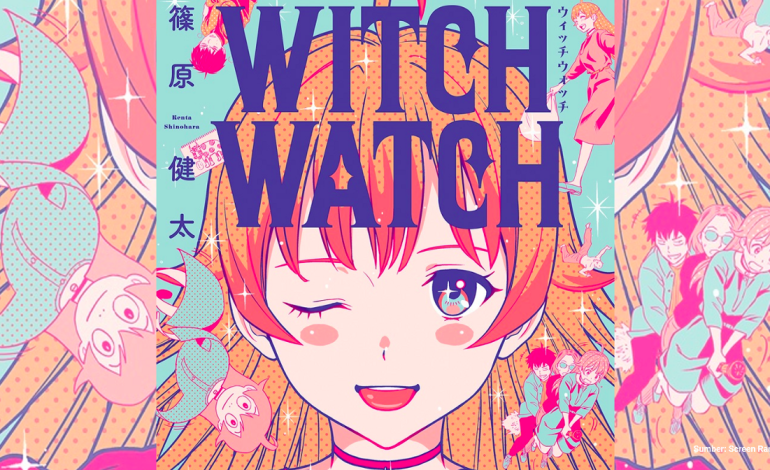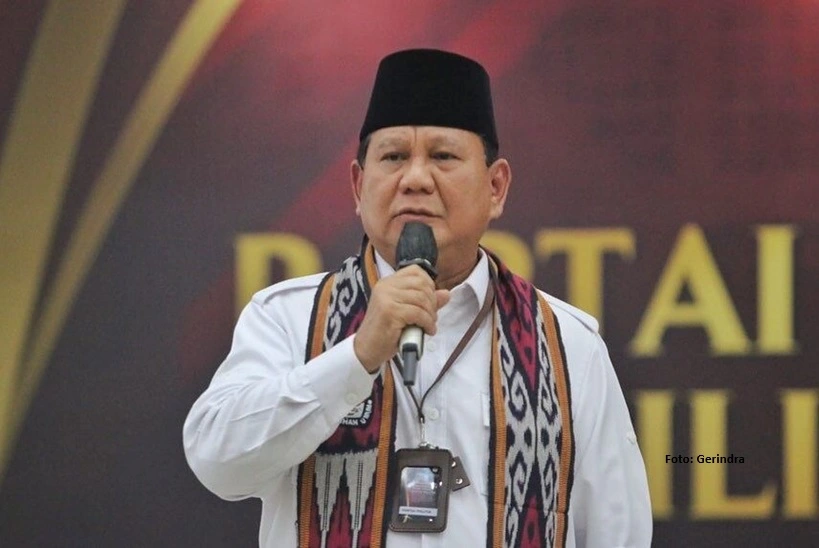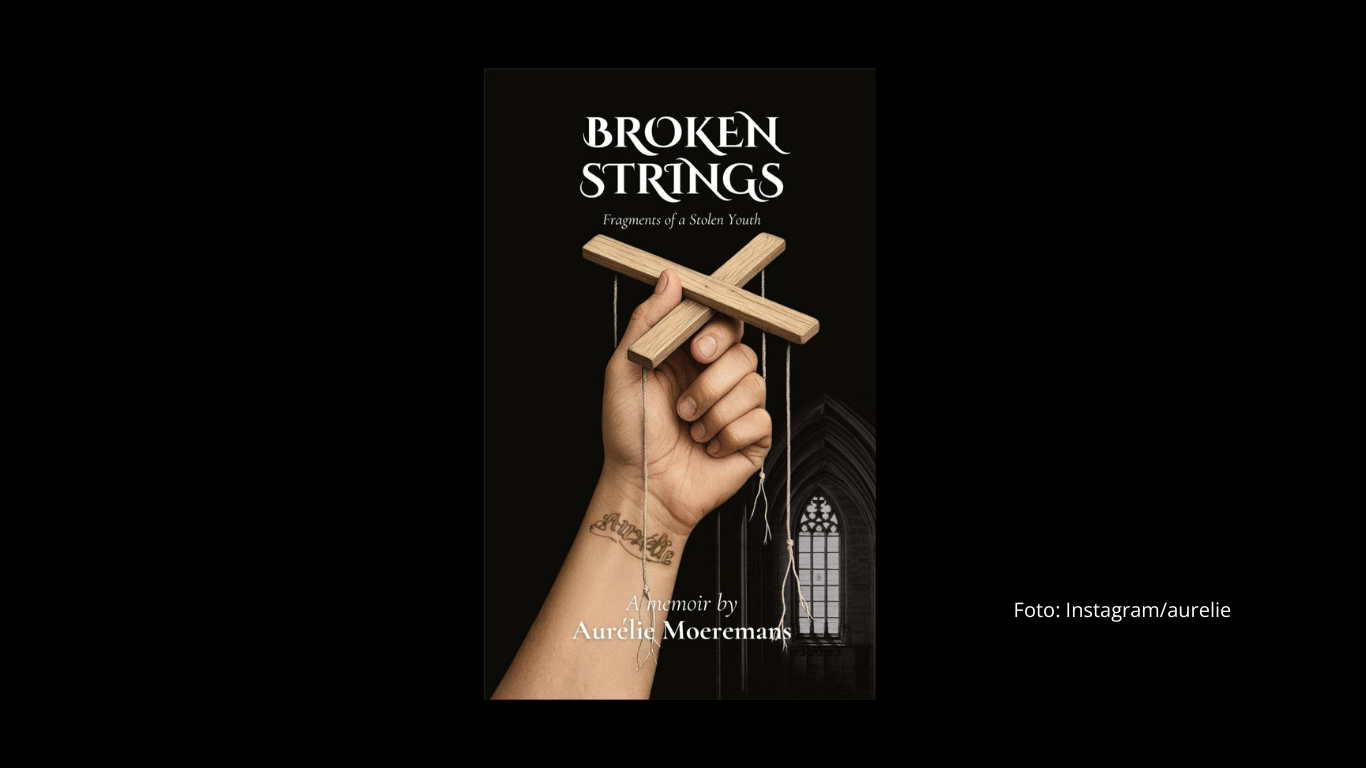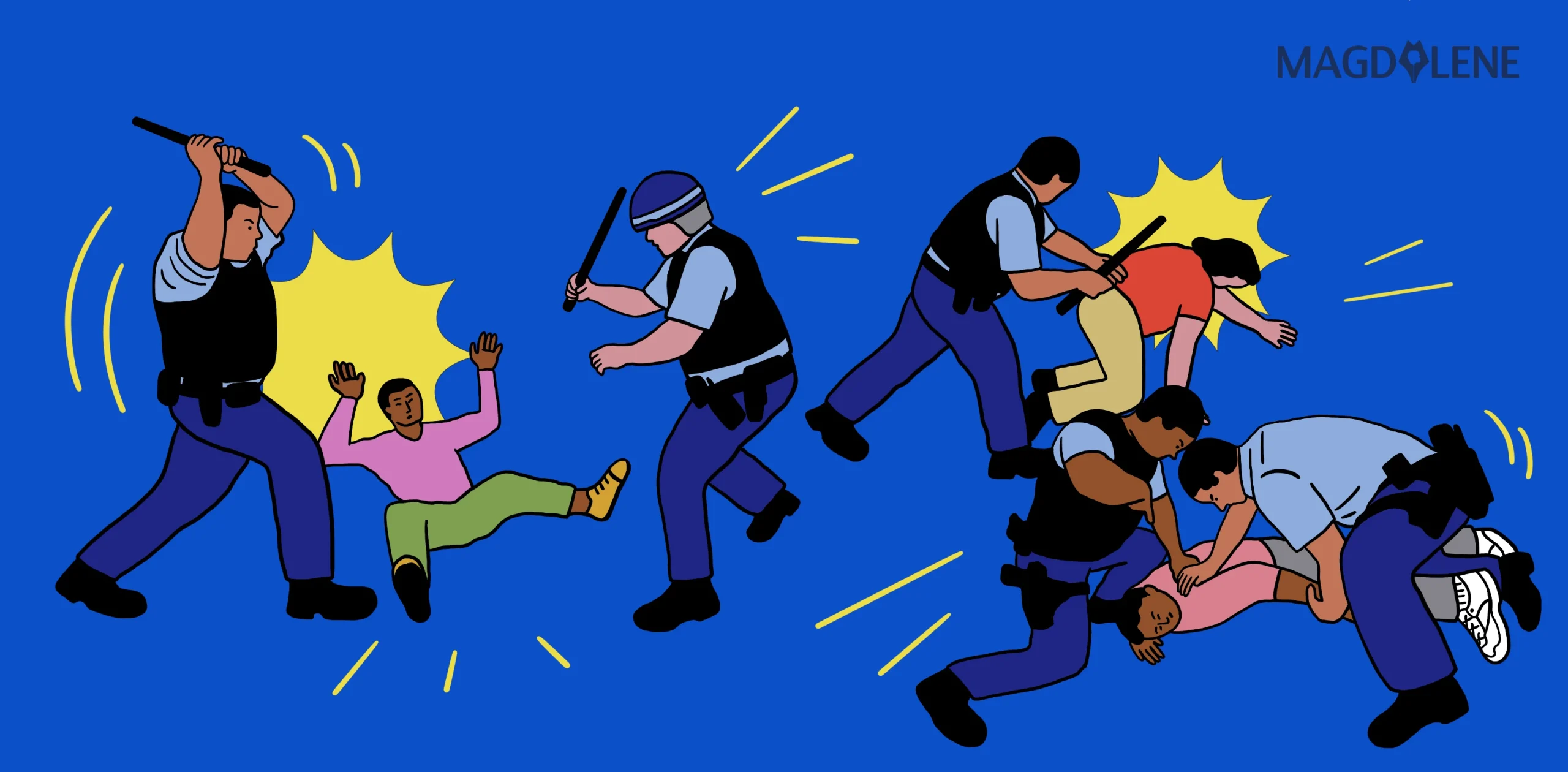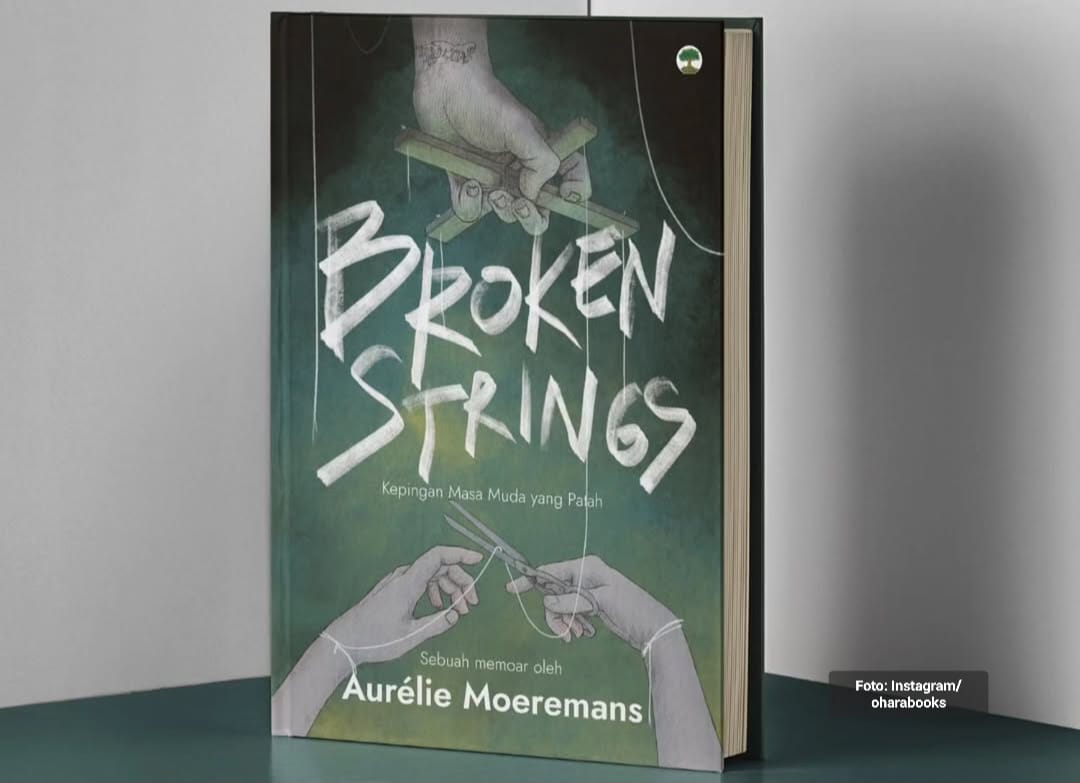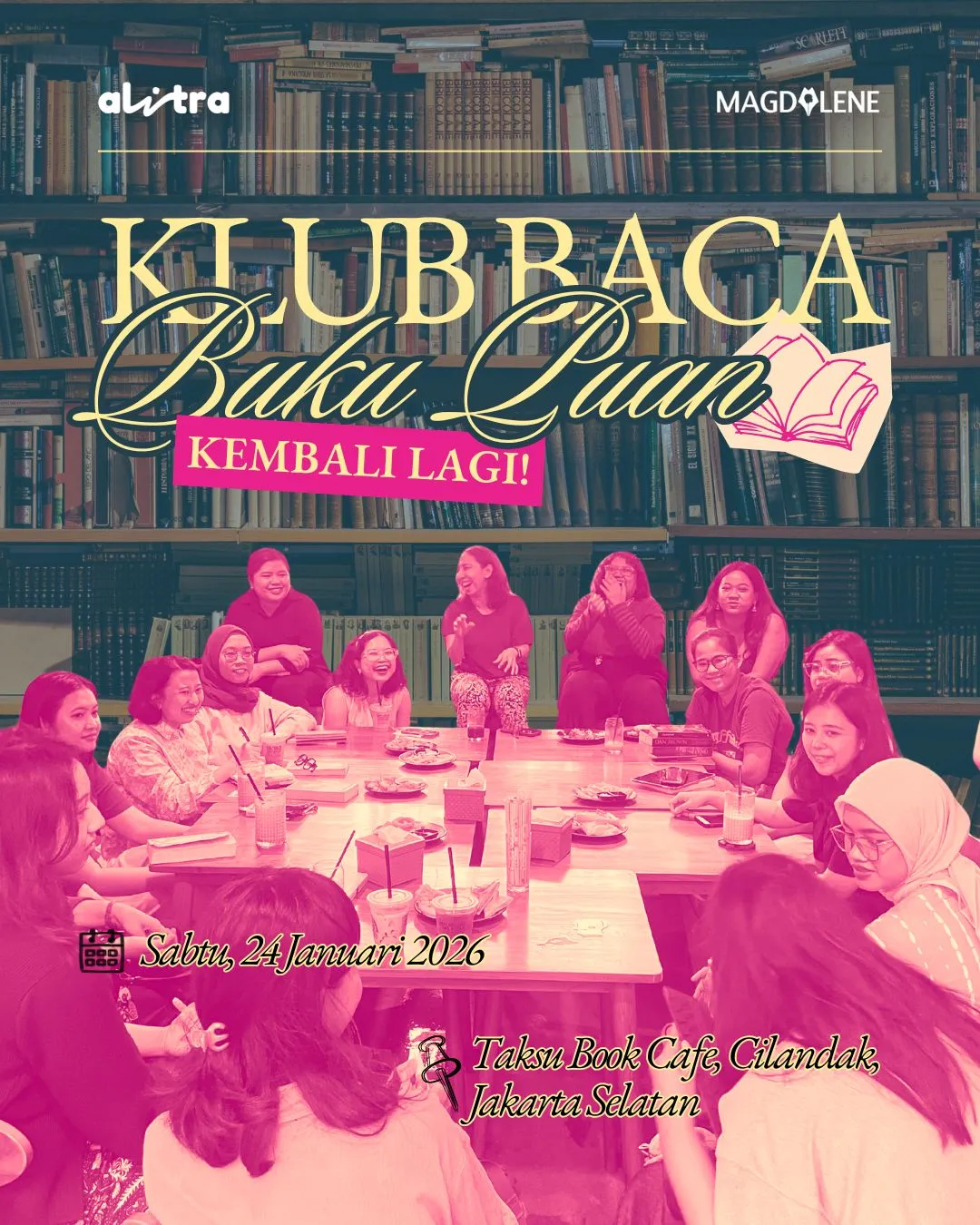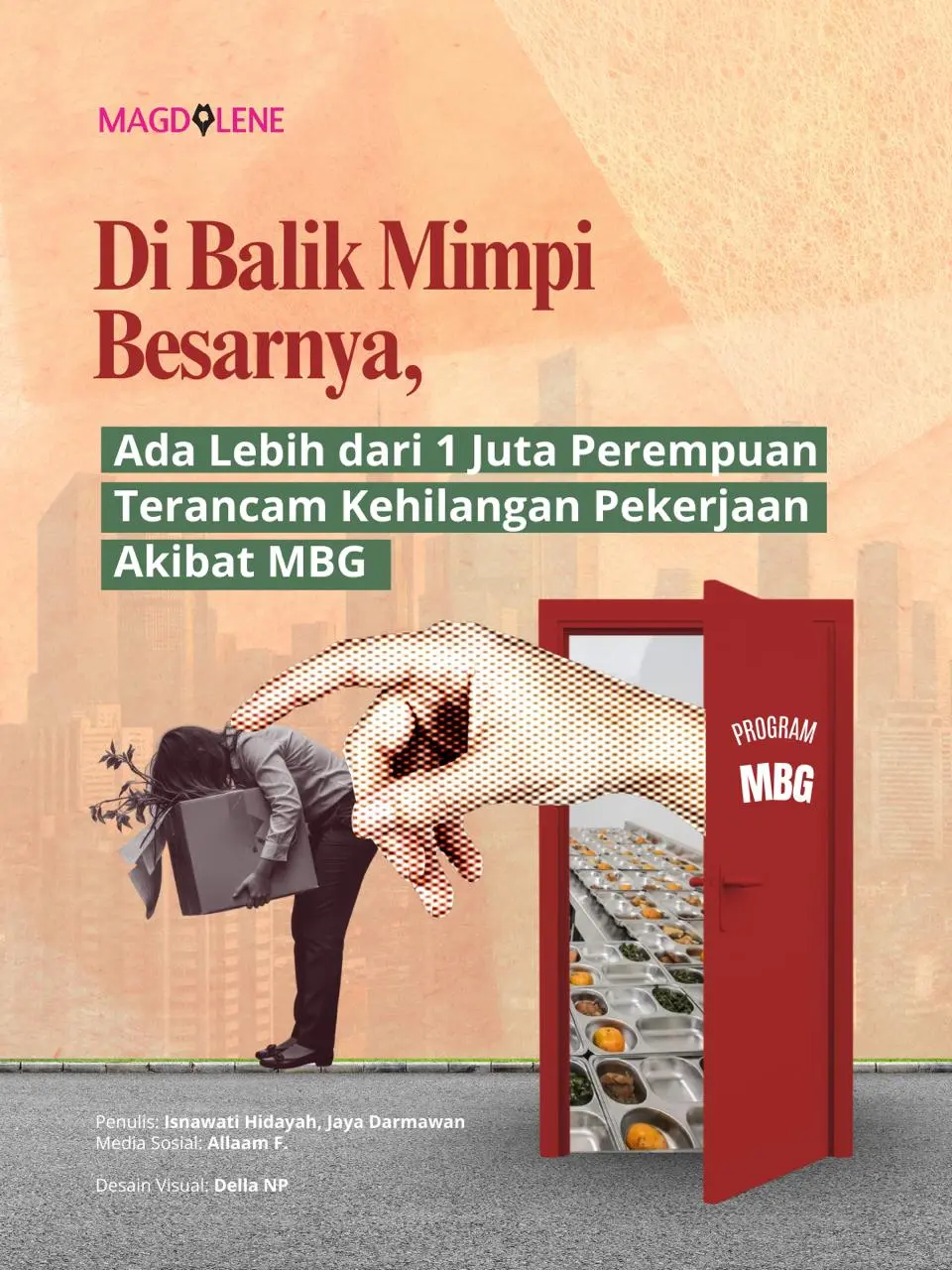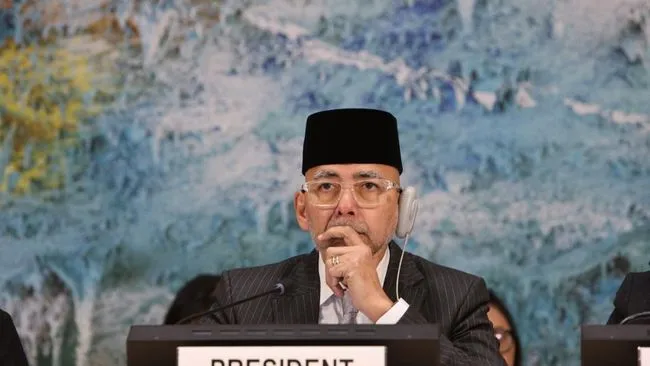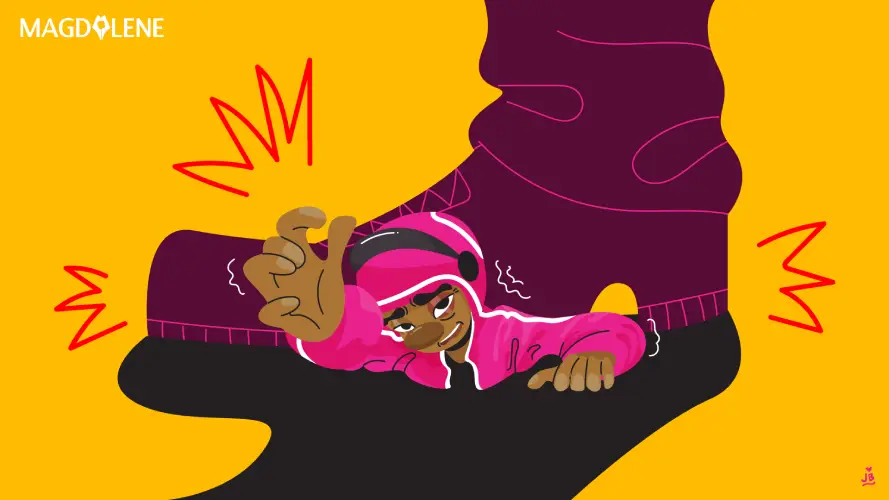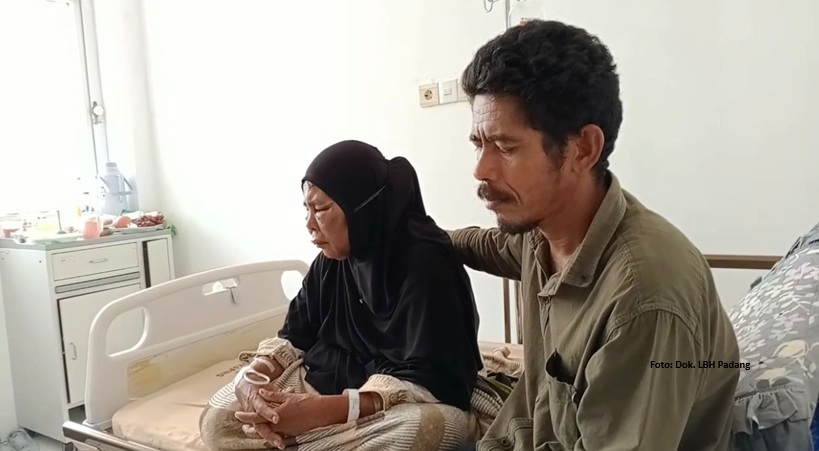Fair Skin, Pre-Colonialism Beauty Standard That Persists
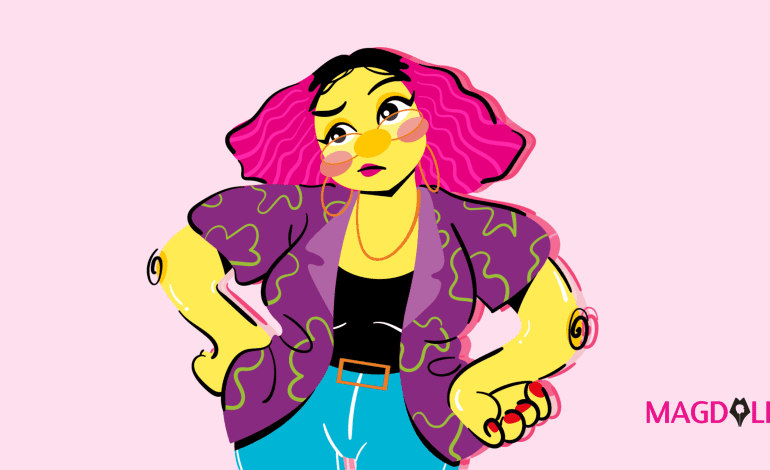
I have always hated my appearance. I am curvy, I am not tall enough, I have olive skin, a stark difference from my father, mother, and younger brother. who are all fairer in complexion. I also have curly hair that’s hard to tame, and it tends to puff up like a lion’s mane when I am too lazy to take care of it.
I hate my appearance so much that I rarely look at myself in the mirror. I grew to hate it more because of the bullying I experienced in middle school. In my class, I stood out like a sore thumb. My friends called me Black Country, basically sending me the message I was not beautiful, thus deserving the mocking.
Growing up being bulliedaffected the way I see myself. I became obsessed with turning into someone who wasn’t me, someone with a fairer skin. I bought cream and facial wash that promised to lighten my skin in an instant. The results were disastrous –an acne problem that sent me to a skin clinic.
Mama told me that it was okay to have a different skin tone than others. It helped a little, but not for long. By the time I was in university, my obsession with skin lightening returned, driving me to an aesthetic clinic near my campus for a consultation.
I am hardly alone in this. Many Indonesian women aren’t confident with the colour of their skin, making skin lightening products a brisk business in the country. This is reflected by the sale of face serum in two Indonesian e-commerce sites, according to 2021 data from Compas.co.id, a tech company focusing on business intelligence tools (2021). In a two-month period, Compas.co.id recorded significant sales of two of Scarlett Whitening flagship products, Scarlett Whitening Brightly Ever After Serum (151,492 transactions), and Scarlett Whitening Acne Serum (80,106 transactions).
“Both of the products have recorded total sales of at least IDR 15.5 billion,” Arya Ospara, Head of User Engagement & User Acquisition Compas.co.id says in an official statement quoted by SWA.
Coming in third and fourth are products from Erto’s, Erto’s Niacinamide Serum (19,601 transactions), and Erto’s Serum Kinclong (5,429 transactions) with total sales of IDR 2,666,851,832. Coming in fifth, Garnier Sakura White Booster Serum 30 ml recorded 3,166 transactions with total sales of IDR 361,012,630.
National Agency of Drug and Food Control (BPOM) states how lightening products tend to contain banned harmful ingredientssuch as mercury and hydroquinone. In 2018, the agency confiscated IDR 112 billion worth of cosmetics that were illegal and/or containing prohibited/dangerous ingredients. These cosmetics were dominated with mercury, hydroquinone, and retinoic acid, the main ingredients in skin lightening products from Africa.
In November 2021, BPOM recorded nine beauty products with mercury that were sold legally and like successfully in the market. Among the nine products were Temulawak New Day & Night Cream Beauty Whitening Cream, Cream SP Special UV Whitening, and Diamond Cream. All of the products promise instant fair skin to their users.
Also read: 6 Feminist Influeners That Will Change the Way You See Yourself and Others
Beauty Standards Have Never Actually Changed
Talking about beauty standards is not complete without addressing beauty myths. In her 1997 dissertation Britain Ashley Scott from University of Minnesota classified 4 beauty characteristics: 1. Beauty is essentially feminine, 2. Beauty is the most important aspect of a woman, 3. Beauty is expected of a woman, 4. To be beautiful women must change their appearance because they were not born beautiful.
From these four characteristics beauty standards have been shaped to keep women in a state of constant dissatisfaction with their own appearance. What’s interesting isthough beauty standards continue to change with time along with a country’s social, economic, cultural, and political conditions, in Asia at least, fair skin or light skin beauty has remained the standard. This is confirmed by arecent survey by Magdalene involving 725 respondents across generations, from Gen-X (1965-1980), Y (1981-1994), to Z (1995 – 2010).
In the survey, 56 respondents define beauty as having fair skin. Meanwhile, 254 people chose glowing skin as an expanded meaning for fair skin. A total of 188 respondents also subscribe to the idea that beauty means fair or bright skin, as shown by their decision to use filters to lighten their skin tone, and126 respondents edit their photos prior to uploading them to social media.
In her book Sensing Beauty, Sensing Race in Transnational Indonesia (2013), Ayu Saraswati, a lecturer in Women Studies at Hawai’i University, explains that the ideology of skin colour in Indonesia has been around since pre-colonial Java.
The Ramayana mythology originated from India created the fair-skin beauty ideology that was adapted in Javanese context. In India’s Ramayana, the author used moon as a metaphor to describe the quality of a person’s beauty. The moon is described as white and bright in colour. According to Sanskrit scholar Madhusudan Pathak, full moon is a common metaphor used in ancient literature to describe a woman’s perfect skin or beauty.
In contrast, in both the Indian and Javanese versions of Ramayana, the villains are described as having dark skin. The dark colour is used to imply negative feelings such as suffering. It’s no wonder that darkness is described as a despicable a thing that must be eliminated.
Throughout the Dutch and Japanese colonialism, fair skin beauty as the standard became the norm. During Dutch colonialism (1900 – 1942), fair skin Caucasian women were seen as the symbol of beauty. During this era, skin colour was what divided the population into social categories. The idea of fair-skinned Caucasian beauty continued to be prevalent since the rise of colonial-era women’s magazines that published advertisements of beauty products that boasted to have skin lightening benefits.
During the Japanese colonial era, the image of Traditional Asian fair skin beauty became predominant through promotions of beauty products. In the ad for Club compact powder published in 1944 publication Djawa Baraoe, beauty was represented by a light-skin Japanese woman applying powder on her cheek.
Something similar happened in my grandmother’s era in 1950s to 1980s. My grandmother told me of her experience being a fashion model, from competing in the Kebaya Queen Contest to walking at a fashion show organised by the Indonesian Air Force (AURI). She was chosen as a model because she met all the requirements of the then Indonesian beauty standards. Slim and considerably tall for Indonesian women in that era, she also had a long straight black hair and, of course, light skin.
“Beauty can be seen from the face, beauty is natural, and a good posture, tall, also helps. But, of course, having fair skin is a plus point,” my grandmother tells me, recalling her beauty regime that included cold mask powder, ponds facial powder, and traditional scrub.
“Back then [I] used cold powder so my face looked ‘glowing,’ as kids these days say. I used traditional treatments – traditional body scrub – which can lighten women with darker skin,” she says.
Things haven’t changed much since then. I talk to one of my mother’s best friends, Tetes, who recall seeing girls and women with fair skin as being the center of attention back then.
“When I was in middle school, someone asked me if I could speak Indonesian. They thought I was Caucasion because of my fair skin. I was often the center of attention back then, and many people tell me I was beautiful because of it,” she tells me.
In those days,many women used skin brightening productfrom Kelly, which was affordable and had an instant effect. “Our faces looked similarly white, thanks to Kelly,” she adds.
A generation later, Merry (34), one of Magdalene’s survey participants, says the same of women in her generation.
“University students don’t have a lot of money, so it’s cheaper to buy retail. They would switch creams if they find the result unsatisfying. This is a pretty common practise; we don’t really consult experts,” Mary explains.
The sentiment is shared by other respondents. To Esther, beauty is all about fairskin. Fair skin is identical to femininity, and femininity is part of an ideal beauty.
“Beauty can be seen from the face, beauty is natural, and a good posture, tall, also helps. But, of course, having fair skin is a plus point,” my grandmother tells me
Also read: The Impossible Double Standard of Effortless Beauty
Indonesian Beauty That Goes Beyond Appearance
“One is not born, but rather becomes a woman,” Simone de Beauvoir states in her legendary book, The Second Sex (1949). The 21st century feminist philosopher argued thatwoman is among the things that have been socially constructed. Society dictates what women must do and achieve, starting from how they should dress and act, and what role they must embody.
In a male dominated world, women are made to “fight for beauty”; women are demanded to adjust to what the society expects them to be. They are conditioned to become what men want them to be physically or in their traditional gender roles. Consequently, women are not only made to compete in beauty, but also to be “a real woman”.
Many Indonesian women view beauty as something beyond skin deep. Petty Fatimah, Editor in Chief & Chief Community Officer of the women’s media group Femina, argues that Indonesian women perceive beauty through both inner and outer beauty. She insists that this perception has been around for a while and has not changed with time.
“Indonesian women see inner beauty as an important factor. Inner beauty refers to how we behave. The kindness of your heart, your attitude. Beauty is a manifestation – the inner and outer must integrate and when a woman has both, then this is what is considered as true beauty,” She explains.
Petty’s explanation is elaborated by Endah Triastuti from Universitas Indonesia in who studies gender, post-colonialism, ethnography, and digital media. In her opinion, the perception of Indonesian beauty cannot be separated from the image of a well-behaved woman, or a woman possessing a refine personality.
She adds that this image of a woman is also closely related to traditional gender roles imposed by society on women, a more submissive role. Women are polite, sweet, and submissive. The relief sat the Prambanan temple, for example, depict beautiful and dignified woman in a submissive pose.
“This depiction is consistent. So even though physically it changes, the patterns is similar, defining women’s beauty a non-physical manner, being submissive and well-behaved. If in the past, they are being depicted as kneeling with their head lowered, now thedominant image that defines this feminine beauty is promoted in the Hallyu (Korean popular culture movement). Female idols are expected to be well-behaved. They can dance in short skirts, but when they sit, they have to cover their legs with a blanket. They are also soft-spoken and very polite,” Endah explains.
“University students don’t have a lot of money, so it’s cheaper to buy retail. They would switch creams if they find the result unsatisfying. This is a pretty common practise; we don’t really consult experts,” Mary explains.
In Magdalene’s survey, 605 respondents say that the definition of beauty is not just physical but also a good personality. This is defined as how a woman carries herself and blends with her environment. They have to be friendly, confident, and have a good sense of humour.
Also read: Dysmorphia Filter: Catch-22 or Acceptable Progress?
The Importance of Diversity in Redefining Beauty
According to a report by Dove Global Beauty and Confidence in 2016, 69 percent of women globally believe that their appearance-related anxiety is mostly due to increasing pressures from advertisements and media to achieve unrealistic beauty standards. More than half also blame the modern culture of being constantly active on social media.
Plenty of research has found that Instagram and other photo-based social media platforms can be damaging to self-image compared to traditional media, with women being highly influenced by celebrities that present
In a survey by Today Show and AOL.com (2014), 80 percent of teenage girls in the United States compare themselves with celebrities. Half of them state that the image depicted on social media has caused them to feel dissatisfied with their own appearance.
This seems to be happening with Indonesian women as well. In the Magdalene survey, 401 respondents state that they sometimes don’t feel confident and 54 respondents have zero confidence in their own appearance, including Sanya, 22, from Semarang.
Sanya admits that she is never confident in herself. “If I compare myself to what I see onsocial media, I don’t think I fit the standards. Knowing that I am less than [ideal], I have to be able to take care of what I already have,” Sanya says.
It is important to define beauty as something more diverse and not a singular thing. According to Endah, defining beauty through a diversity lens is critical in building self-acceptance in women as well as fostering critical thinking so women will no longer be enslaved by beauty myths.
The good news is, the fight for these beauty standards is beginning to take root, especially within Gen-Z-ers. She thinks that Gen Z has a unique trait that the previous generations should learn from, a strong identity statement for diversity.
“Gen Z learns and are exposed to diversity. They are also digital native, so they are rebellious by nature. They don’t want to be like baby boomers or millennials. They want to be different and embrace diversity. So they try to reconstruct the media or old-fashioned values. It is apparent from how they try to redefine beauty,” Endah explains.
She adds that instead of having a strict definition of beauty, Gen Z’s take on beauty is more relaxed. She cites the before-and-after Instagram filter trend. This trend encourages users to show their physical appearance without filter. With their natural skin color and with all their “imperfections”, like acne, facial textures, and black spots, Gen Z asks us to laugh at the existing beauty standards. To them, beauty is not just about having fair skin that is smooth, glowing, and caked with makeup.
“Indonesian women see inner beauty as an important factor. Inner beauty refers to how we behave. The kindness of your heart, your attitude. Beauty is a manifestation – the inner and outer must integrate and when a woman has both, then this is what is considered as true beauty,”
“The before-after filter on Instagram has become a space for women to laugh at nonsensical beauty standards. They’re very open about it, so if they used to wear makeup to cover all their ‘sins’, now it’s the opposite. Women are using social media to reveal who they really are, so the antiquated narratives and why they existed in the first place are being modified in this generation,” Endah says.
In the end, beauty standards in society will continue to exist if there’s no effort from women to change them. Petty says, “Beauty standards and trends are the results of a consensus. Therefore, it takes awareness to change beauty standards to make them more diverse. This awareness is needed so the beauty industry can also shape up.”
This journalistic project is supported by Meedan, a global technology not-for-profit that builds software and programmatic initiatives to strengthen journalism, digital literacy, and accessibility of information online and off.
This is the English version of the original article
Kulit Putih, Standar Kecantikan Peninggalan Pra-Kolonialisme yang Masih Populer
Read more articles from Beauty and Technology Series here:
Dysmorphia Filter: Catch-22 or Acceptable Progress?
Technology and Our Obsession with Beauty
How Influencers Alter The Face of Beauty Industry
Editor in Chief: Devi Asmarani
Managing Director: Purnama Ayu Rizky
Editor: Aulia Adam
Reporter/Researcher: Aurelia Gracia, Jasmine Floretta, Vania Evan, Theresia Amadea
Graphic Designer: Jeje Bahri
Camera and Editor: Tommy Trdkr
Web Developer: Denny Wibisono
Social Media: Siti Parhani
SEO Specialist: Kevin Seftian
Community Outreach: Paul Emas
Community Outreach Assistant: Tenny Maria
Digital Media Assistant: Chika Ramadhea
Data Analyst: Wan Ulfa Nur Zuhra (IDJN)


